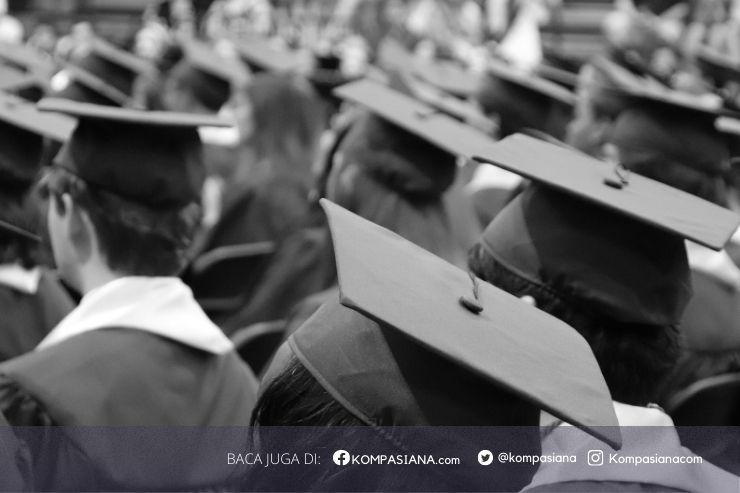In today's fast-paced digital era, educational institutions face major challenges in managing data, administration, and academic processes efficiently. The reality in many schools and madrasahs shows that most institutions still rely on manual systems for academic management. As a result, administrative processes are often slow, data becomes inaccurate, and coordination between departments is ineffective. For example, grade submissions and academic reports are frequently delayed due to limited access and the absence of integrated systems. This situation highlights a clear gap between the demand for modern management systems and the traditional practices that still dominate academic management.
The main assumption of this essay is that digital transformation in education is no longer optional --- it is essential. Implementing an Academic Management Information System (SIMA) offers a strategic solution to improve governance, transparency, and service quality. However, the key problem lies in the lack of understanding, infrastructure, and managerial commitment to develop and maintain an integrated academic information system. Therefore, the purpose of this essay is to explain how SIMA can enhance efficiency, transparency, and academic service quality within educational institutions, especially in the context of Islamic education management.
The Academic Management Information System (SIMA) is an integrated system that connects people, hardware, software, procedures, and databases to produce relevant information for decision-making. Its main characteristics are integration, management orientation, and real-time data processing. In educational institutions, SIMA plays a crucial role in managing student records, faculty data, curriculum, and scheduling. A well-implemented SIMA allows administrators to monitor academic activities efficiently and make strategic, data-based decisions to improve institutional performance.
The core components of SIMA consist of six interconnected elements: hardware (computers and networks), software (academic applications), database (repositories of academic data and curricula), procedures (rules for data management), brainware (operators and users), and networks (communication channels). The synergy among these components determines the overall effectiveness of the system and ensures that academic operations run smoothly and efficiently.
Structurally, SIMA operates at three main levels --- operational, managerial, and strategic. At the operational level, the system supports daily tasks such as course registration, class scheduling, and grade input. At the managerial level, SIMA provides reports and analytics to assist in tactical decision-making. Meanwhile, at the strategic level, it supports long-term planning, evaluation, and policy development. This hierarchical structure ensures that information flows systematically, providing each management level with data appropriate to their needs.
Approaches to developing SIMA can be centralized, decentralized, or integrative. The centralized approach maintains data consistency through a single, unified system, while the decentralized approach allows departments to manage their own data independently. The integrative approach combines both, balancing flexibility and coordination. In Islamic educational institutions, the integrative model is the most effective, as it accommodates the complexity of academic activities while maintaining uniformity and accountability across units.
Ultimately, the implementation of SIMA is not merely about technological modernization; it represents a broader reform in educational management. When applied consistently and systematically, SIMA strengthens institutional governance, promotes efficiency, and enhances the quality of academic services through data-driven decision-making.
Natizah (Conclusion):
The Academic Management Information System is the foundation of digital transformation for efficient, transparent, and accountable education management.
Follow Instagram @kompasianacom juga Tiktok @kompasiana biar nggak ketinggalan event seru komunitas dan tips dapat cuan dari Kompasiana. Baca juga cerita inspiratif langsung dari smartphone kamu dengan bergabung di WhatsApp Channel Kompasiana di SINI







